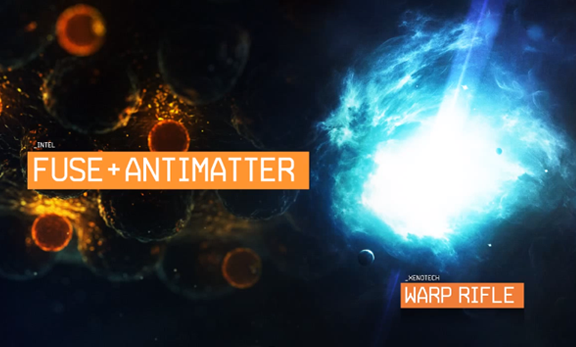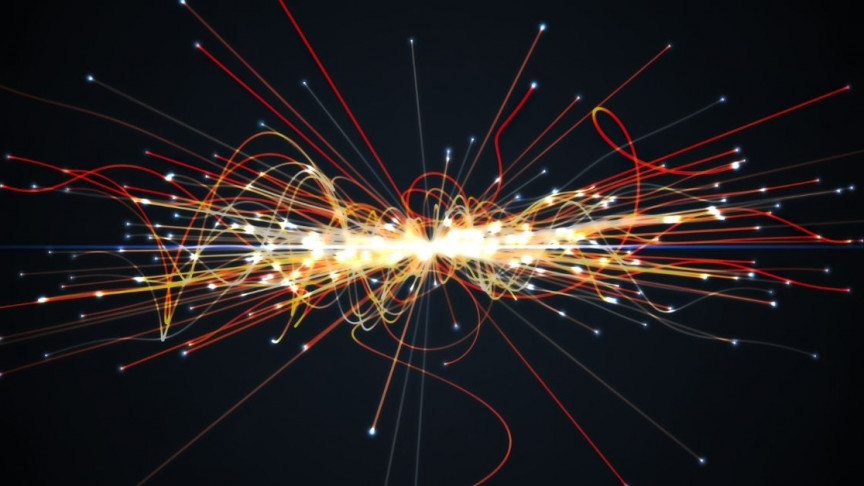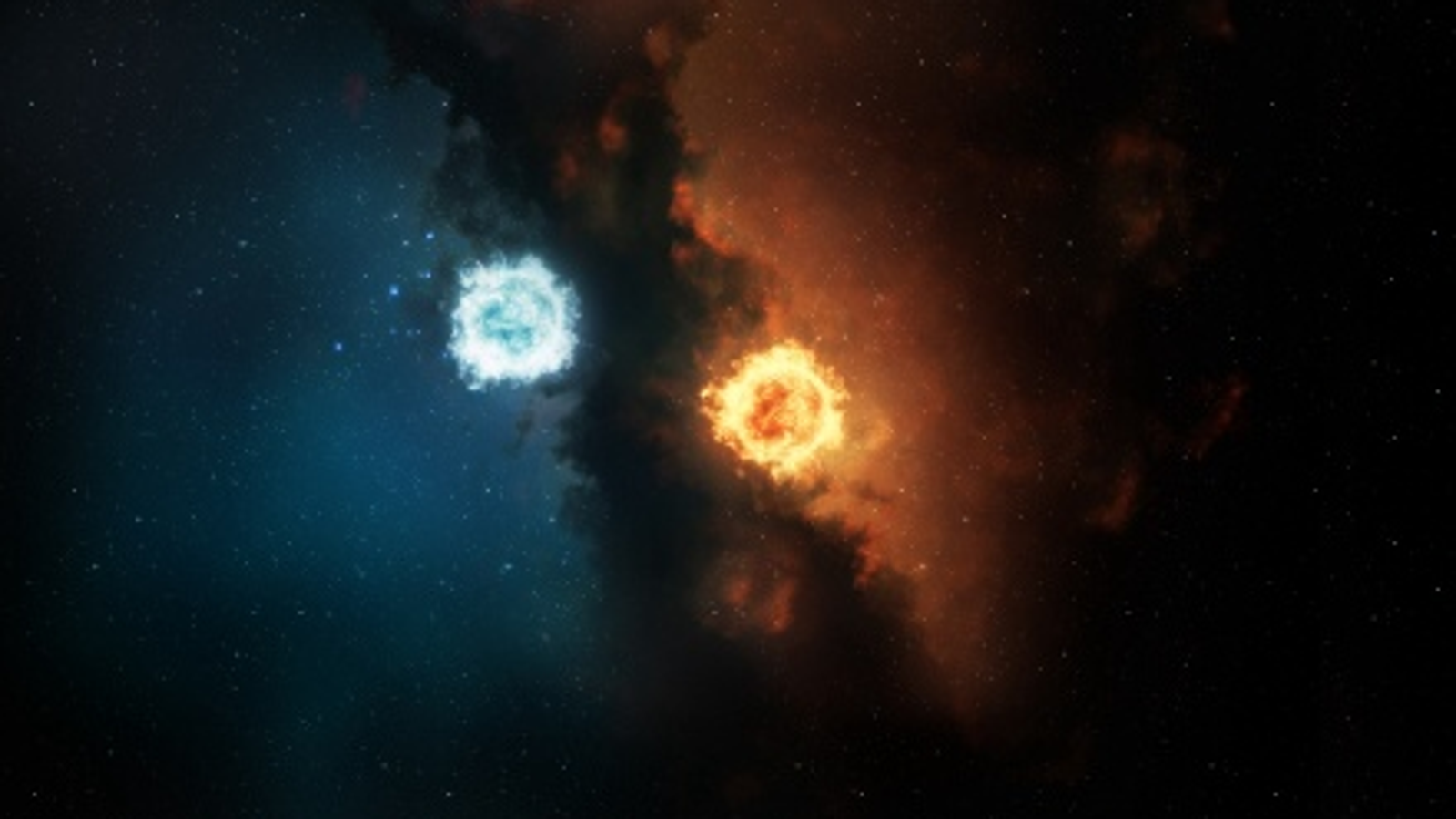

Currently (2015), it is not resolved whether the neutrino and its antiparticle are not identical particles. Each type of neutrino is associated with an antimatter particle, called an antineutrino, which also has a neutral electric charge and 1/2 spin. The second-generation consist of the muon (μ −) and muon neutrino (ν μ) The third generation consist of the tau (τ −) and the tau neutrino (ν τ). The first generation consists of the electron (e −) and electron-neutrino (ν e). There are three types of charged leptons, each associated with neutrino, forming three generations (between generations, particles differ by their quantum number and mass). The term neutrino comes from Italian, meaning “little neutral one,” and neutrinos are denoted by the Greek letter ν (nu). Neutrinos are weakly interacting subatomic particles with ½ units of spin. Neutrinos belong to the family of leptons, which means they do not interact via strong nuclear force. Antineutrino Source: Ī neutrino is an elementary subatomic particle with infinitesimal mass (less than 0.3 eV.?) and no electric charge. These particles are their own antiparticles. On the other hand, a few, like the photon and π 0, do not have distinct antiparticles. Since then, the antiparticles of many other subatomic particles have been created in particle accelerator experiments. In 1955 the antiparticle to the proton, the antiproton, which carries a negative charge, was discovered at the University of California, Berkeley. It was predicted that other particles also would have antiparticles. Although Dirac did not himself use the term antimatter, its use follows on naturally enough from antielectrons, antiprotons, etc. They have the same magnitude of charge-to-mass ratio but with opposite charge and, therefore, opposite signed charge-to-mass ratios. Positron paths in a cloud chamber trace the same helical path as an electron but rotate in the opposite direction for the magnetic field. They studied cosmic-ray collisions via a cloud chamber – a particle detector in which moving electrons (or positrons) leave behind trails as they move through the gas. Anderson discovered these in 1932 and named positrons. He realized that his relativistic version of the Schrödinger wave equation for electrons predicted the possibility of antielectrons. The original idea for antiparticles came from a relativistic wave equation developed in 1928 by the English scientist P. The antiquarks have the same mass, mean lifetime, and spin as their respective quarks, but the electric charge and other charges have the opposite sign. An antiparticle has the same mass and opposite charge (including an electric charge).įor example, there is a corresponding type of antiparticle for every quark. There is an associated antiparticle in particle physics, corresponding to most kinds of particles. Thus it is unknown whether it is composed of other particles. In particle physics, an elementary particle or fundamental particle is a particle whose substructure is unknown. This is summarized in a theoretical model (concerning the electromagnetic, weak, and strong nuclear interactions) called the Standard Model. So many that researchers had to organize them, just like Mendeleev did with his periodic table. Many fundamental particles have been discovered in various experiments.


Quarks and electrons are some of the elementary particles. Particles and Antiparticles Three generations of matter. Known elementary particles include the fundamental fermions and the fundamental bosons. Inside the protons and neutrons, we find the quarks. The nucleus is generally made of protons and neutrons, but these are composite objects. An atomic nucleus and an electron cloud, and the electrons are spinning around the atomic nucleus. All matter except dark matter is made of molecules, which are themselves made of atoms. These are the smallest building blocks of matter. The physical world is composed of combinations of various subatomic or fundamental particles.


 0 kommentar(er)
0 kommentar(er)
